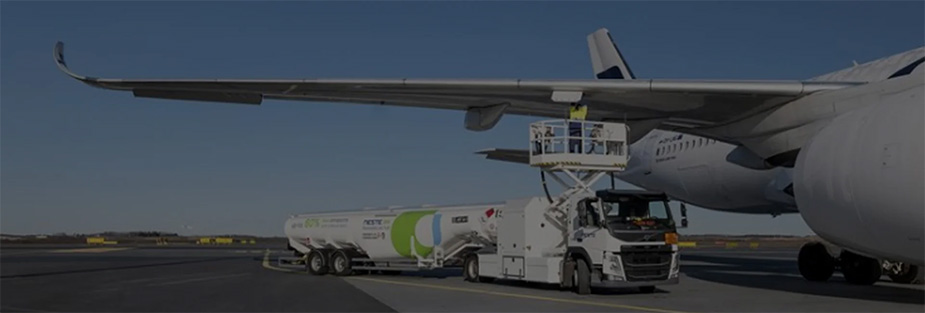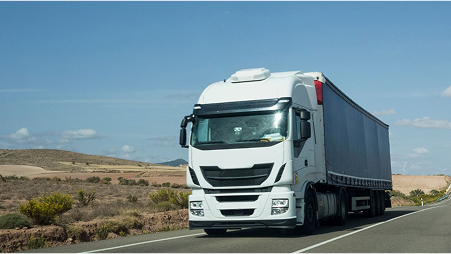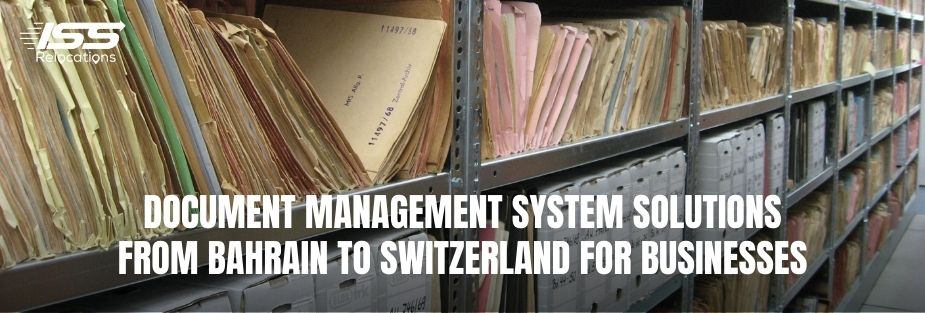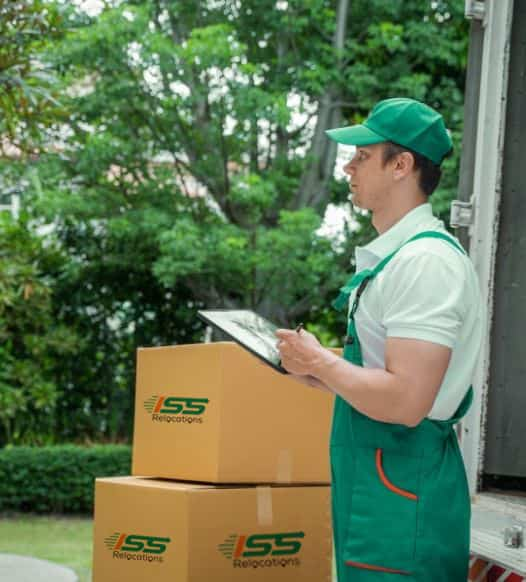
Sustainable Aviation Fuel (SAF) Volumes Show Growth, Yet Opportunities Remain Untapped
The International Air Transport Association (IATA) has released estimates on the production of Sustainable Aviation Fuel (SAF).
In 2023, SAF production reached a milestone of over 600 million liters (0.5Mt), doubling the 300 million liters (0.25 Mt) produced in 2022. SAF represented 3% of all renewable fuels, with the remaining 97% allocated to other sectors.
Projections for 2024 indicate a tripling of SAF production to 1.875 billion liters (1.5Mt), constituting 0.53% of aviation’s fuel demand and 6% of renewable fuel capacity. The modest share of SAF in overall renewable fuel output is attributed to the allocation of new capacity to other renewable fuels in 2023.
While the growth in SAF production is promising, the percentage contribution to overall renewable fuel production is expected to rise from 3% in 2023 to only 6% in 2024. This allocation constraint hampers SAF supply and maintains elevated prices. To meet aviation’s decarbonization goals, it is crucial to allocate 25% to 30% of renewable fuel production capacity to SAF. Government policies play a pivotal role in incentivizing the scaling-up of SAF production and diversifying feedstocks locally, as emphasized by Willie Walsh, IATA’s Director General.
Outcome of CAAF/3 Conference
The Third Conference on Aviation Alternative Fuels (CAAF/3), organized by the International Civil Aviation Organization (ICAO), established a global framework to reduce the carbon intensity of fuels used in international aviation by 5% by 2030. To achieve this target, approximately 17.5 billion liters (14Mt) of SAF must be produced.
Willie Walsh stressed the need for governments to implement policy measures that facilitate a significant increase in SAF production to meet interim targets set during the CAAF process.
Challenges and Solutions
While demand for SAF is robust, the challenge lies in unlocking the supply to meet this demand. In 2023, SAF contributed $756 million to the total fuel bill, with 43 airlines committing to use 16.25 billion liters (13Mt) of SAF in 2030.
To address this challenge, governments must establish a policy framework that encourages renewable fuel producers to allocate 25-30% of their output to SAF, aligning with the CAAF/3 ambition and existing regional, national, and airline commitments.
Policy Objectives
Effective production incentives for SAF should focus on:
- Accelerating investments in SAF by traditional oil companies.
- Ensuring renewable fuel production incentives support adequate SAF quantities.
- Emphasizing regional diversification of feedstock and SAF production among stakeholders.
- Identifying and prioritizing high-potential production projects for investment support.
- Establishing a global SAF Accounting Framework.
Unlocking Diversification
Approximately 85% of upcoming SAF facilities over the next five years will use Hydrotreatment (HEFA) production technology, relying on inedible animal fats, used cooking oil, and industrial grease as feedstock. To enhance diversification, policies should:
- Increase production through certified pathways, especially Alcohol-to-Jet (AtJ) and Fischer-Tropsch (FT) using bio/agricultural wastes.
- Promote investments and expedite certification for new SAF production pathways in development.
- Identify additional potential feedstocks to leverage all SAF technologies, providing diversification and regional options.
Passenger Support
A recent IATA survey highlights strong public support for SAF, with 86% of travelers advocating for government incentives for airline SAF access and prioritized supply from oil companies.
You May Also Like
Plan Stress-free Move with Top Moving Company in UAE - ISS Relocations

Moving Company - Recent Blog
Stay informed and prepared for your next move with our latest blogs on moving services in the UAE. From expert packing tips to international relocation guides, ISS Relocations brings you up-to-date insights to make your moving experience smoother, safer, and stress-free.










